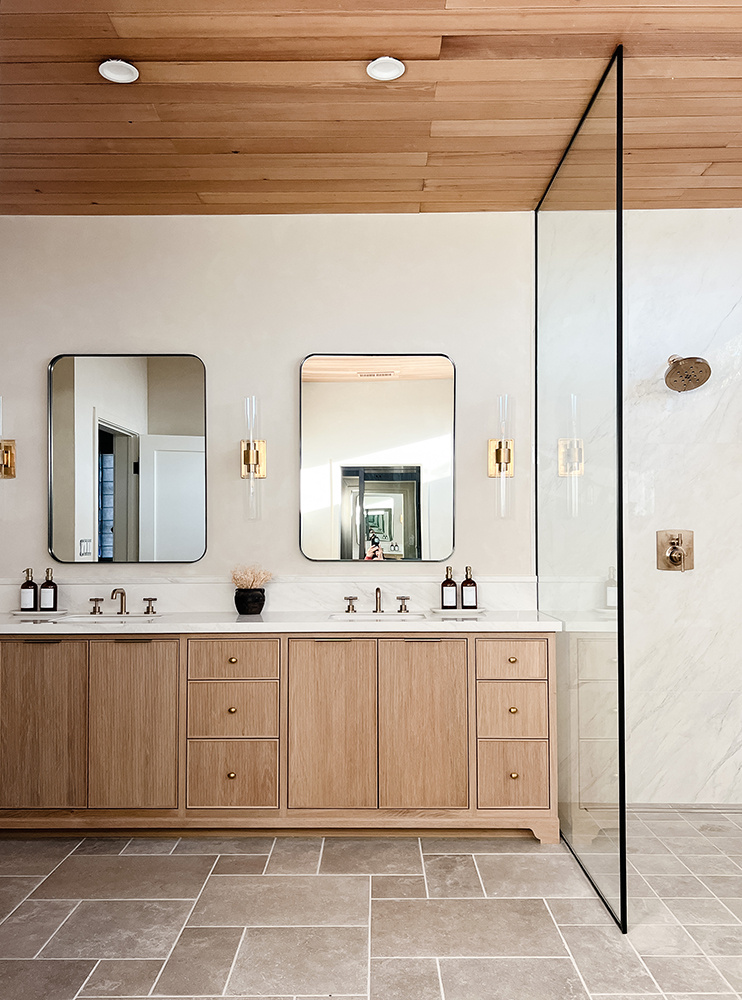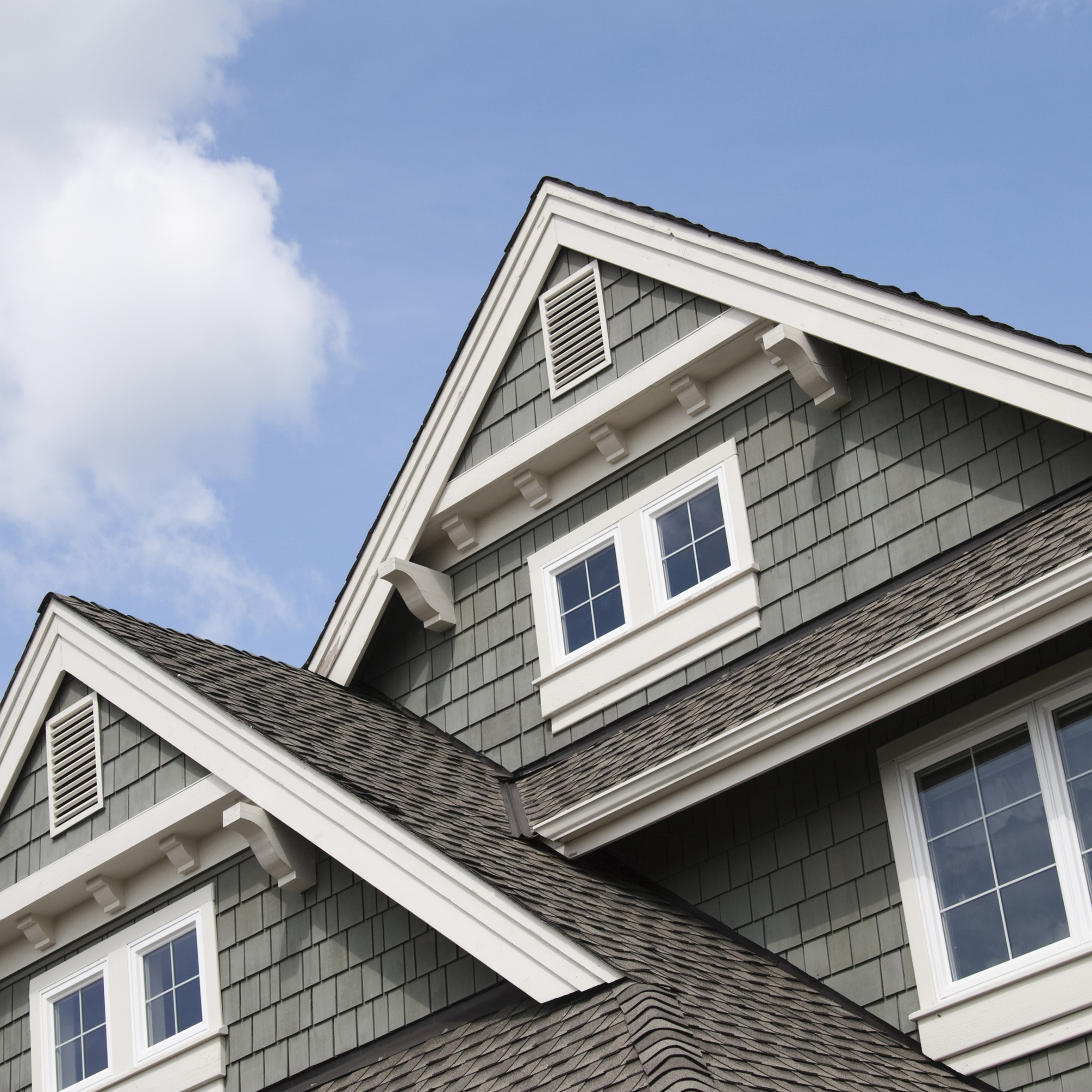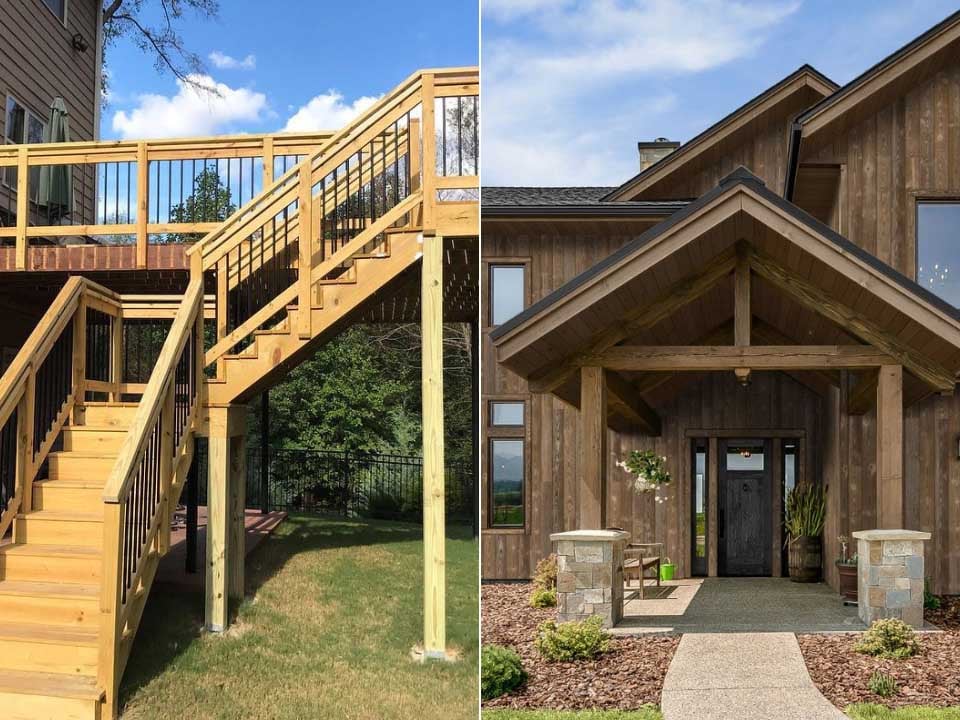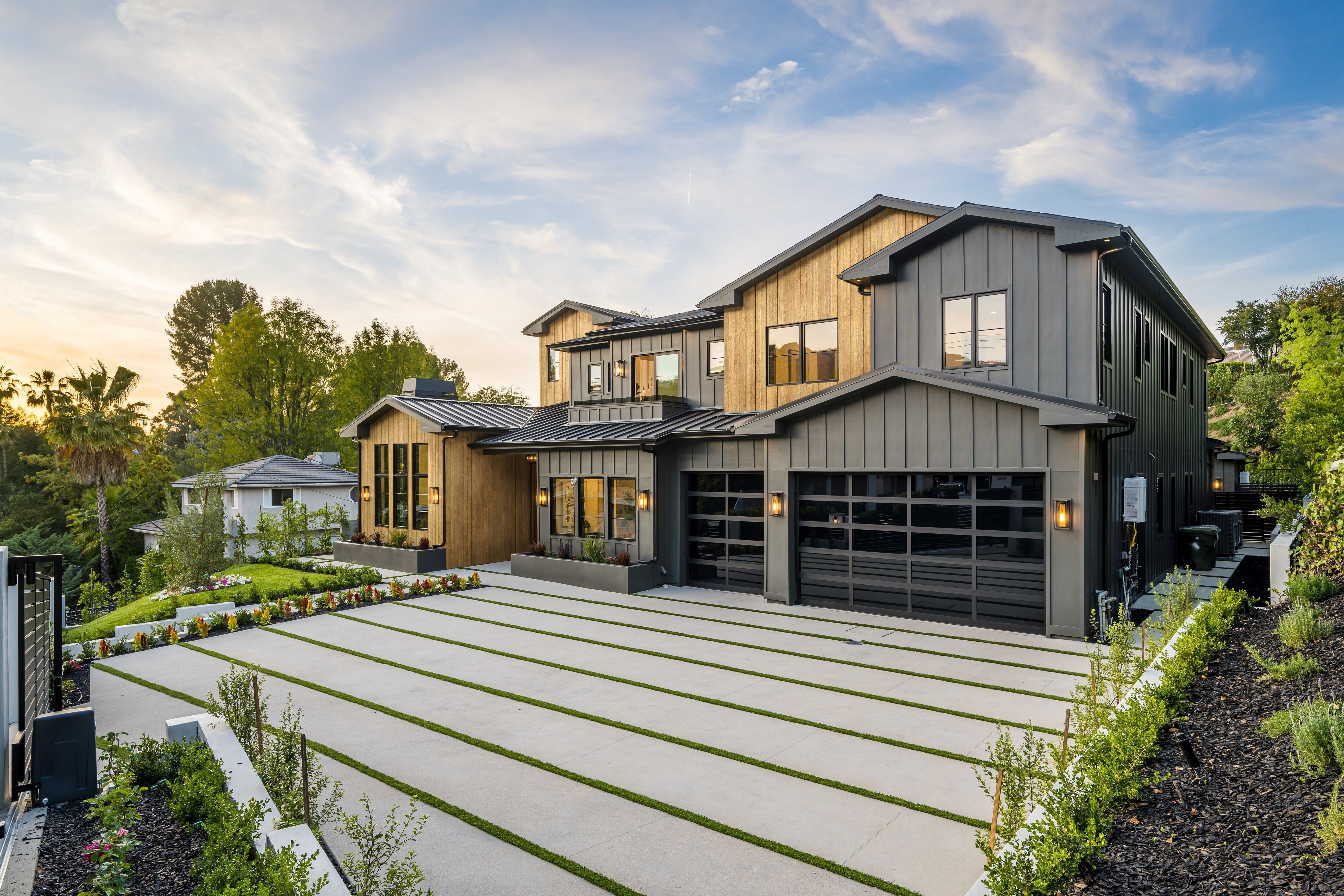This Natural Ceiling Look ‘Could Be an Easy DIY for Anyone'
The master bathroom in Lisa Kanegae’s southern California home was tiny. Literally, like, 5-feet-by-8-feet.
1 min read
Edge : Jul 27, 2023 8:00:00 AM

In the world of sustainable architecture, innovative materials continue to emerge, paving the way for environmentally conscious designs. One such material that has gained significant popularity is thermally modified wood siding.
As a renewable and eco-friendly option, thermally modified wood presents a unique opportunity for architects and builders to create structures that are both aesthetically pleasing and functional. However, to fully harness the potential of this material, it is crucial to understand the significance of selecting the right fasteners.
Choosing the best fasteners to install Thermally Modified Wood Collection as exterior cladding can save you from expensive errors. Make sure your fasteners are corrosion resistant to prevent iron stains. This discoloration is a result of the wood tannins chemically reacting to the iron in the nails in an outdoor environment.* Here are some options to consider:
Stainless steel offers excellent corrosion resistance, making it the best choice for outdoor applications. This is especially important when applying fasteners to the face of the boards.
For a cleaner and more aesthetically appealing look, hidden fastening systems can be used. These fasteners are installed from the side, concealing them from view and reducing the risk of splitting the wood.
Coated fasteners, such as those with epoxy or polymer coatings, provide additional protection against corrosion. Check to make sure there are no cracks in the coatings.
*For interior installation, use common fasteners.
To prevent the wood from splitting, consider pre-drilling the holes for the fasteners. This precaution is particularly essential near the edges of the thermally modified wood.
Uncoated steel nails or screws are the primary culprits behind iron stains. It is advisable to steer clear of any low-quality fasteners altogether. Not only will uncoated fasteners give you unsightly iron stains, but they are more susceptible to corrosion which may put the structure's stability at risk.
In addition to nails or screws, iron stains may result from abrasion with materials containing iron, such as steel wool, wire brushes, or iron tools.
Proper installation techniques play a crucial role in the success of a construction project. Fasteners should be installed at the correct angle and with enough spacing to ensure the stability and strength of the installation. See our install instructions for more information.
Choose the right fasteners to ensure the structural integrity and longevity of your projects showcasing thermally modified wood.

The master bathroom in Lisa Kanegae’s southern California home was tiny. Literally, like, 5-feet-by-8-feet.

Our primed trim products are expertly sanded and primed, delivering a consistent, ready-to-finish surface for your next project. Available in good,...

Are you planning an exterior project that requires wood? If so, you may be wondering which type of wood will best suit your needs. Two popular...

Bottom Line: Edge's new ForgeWood line delivers the rich depth of two-tone prefinished exterior wood siding showcases the grain better than on-site...